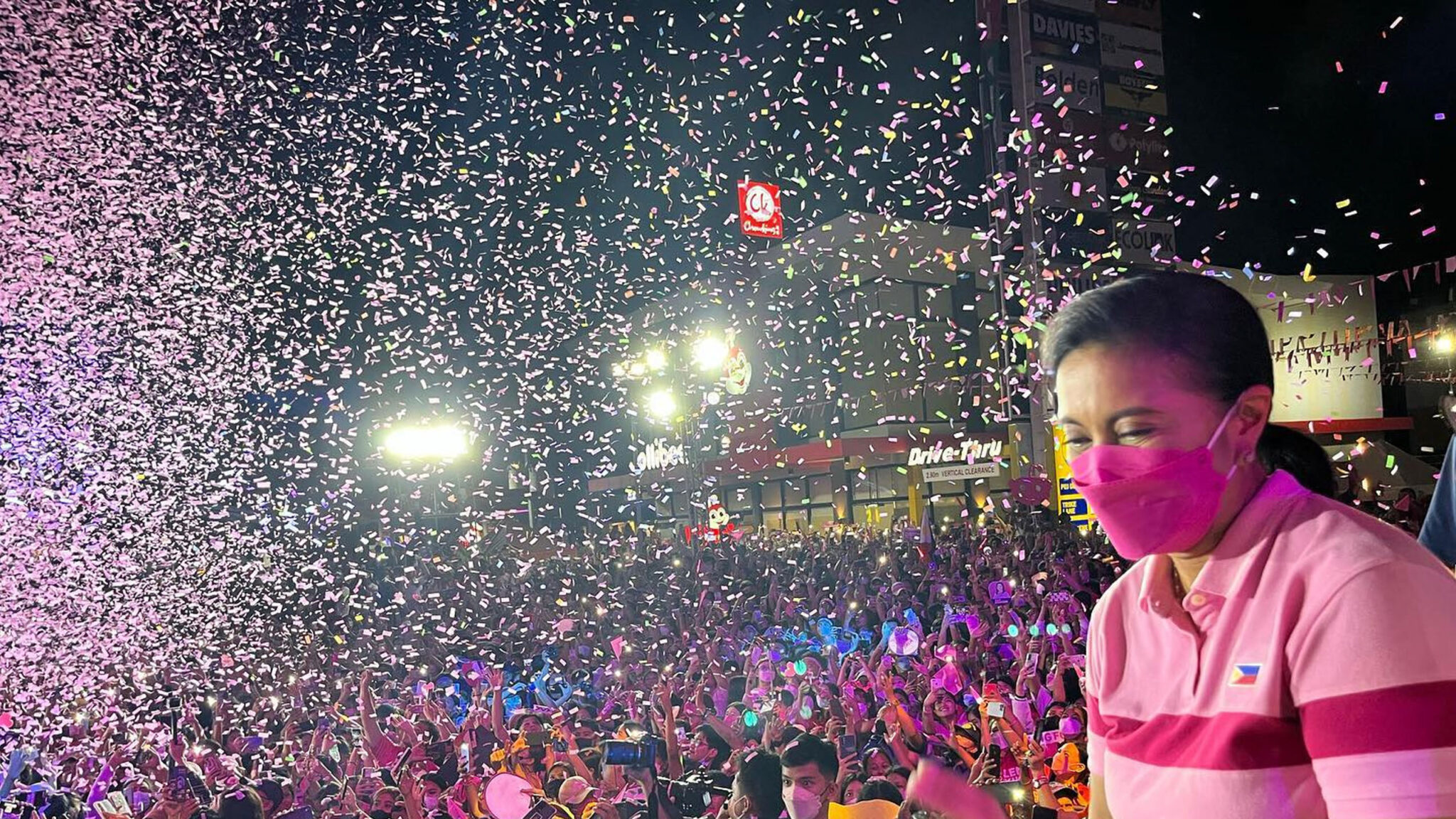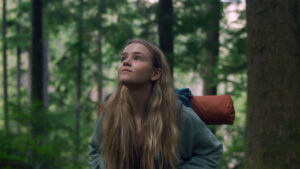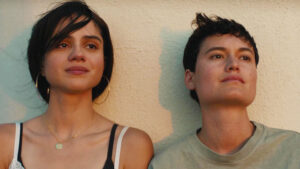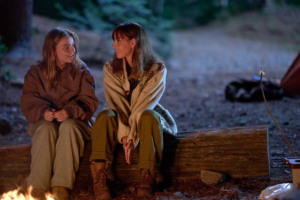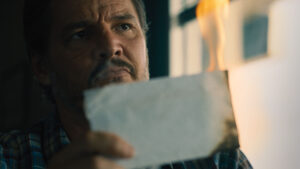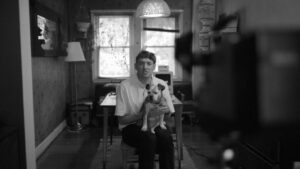By Jessica Herndon
One of the most exciting things about the Sundance Film Festival is having a front-row seat for the bright future of independent filmmaking. While we can learn a lot about the filmmakers from the 2024 Sundance Film Festival through the art that these storytellers share with us, there’s always more we can learn about them as people. This year, we decided to get to the bottom of those artistic wells with our ongoing series: Give Me the Backstory!
And So It Begins, a film chronicling the election cycle of the 2022 presidential campaign in the Philippines, was “hatched in the midst of the pandemic,” says director Ramona Diaz. The documentary is a companion to her gripping film A Thousand Cuts, which premiered at the 2020 Sundance Film Festival and dives into the conflict between the government and the press in the Philippines. “I felt the story hadn’t ended yet,” she explains.
A Thousand Cuts follows award-winning journalist Maria Ressa, co-founder of independent news outlet Rappler, as she navigates being the target of former Philippine President Rodrigo Duterte, who is determined to censor the news media. “The film ends with her in the middle of mounting government harassment, after all,” notes Diaz. “So, there was more story there. I had never done any kind of follow-up or sequel, but this was my gut instinct telling me that maybe this time was different.”
With And So It Begins, which debuted in the Premieres section at the 2024 Sundance Film Festival, Diaz dives right into the action once more, trailing Liberal party member and former Vice President Leni Robredo as she campaigns to be the 2022 president of the Philippines against Ferdinand “Bongbong” Marcos, Jr. A controversial figure, Marcos won the election with a campaign that The New York Times wrote was, “promoted by a well-oiled disinformation machine that brazenly ignored the thousands of people jailed, tortured or killed by the regime and the estimated $5 billion to $10 billion siphoned off by the Marcos family.”
An exploration of the intricacies of democracy in the Philippines, Diaz’s latest feature examines the highs and lows surrounding the Filipino campaign trail, from the struggles with disinformation in mainstream media to the quirky shows put on by pop stars and drag performers as they entertain arena-sized audiences in support of their favorite candidate.
Below, Diaz discusses the message she wants to spread with her film, the biggest hurdle she had to overcome while filming, and the question filmmakers should ask themselves during their creative process.

Films are lasting artistic legacies; what do you want yours to say?
I make films because there are things that I find unique [and] singular that I want to show people. It’s like, “Come take a look, isn’t this amazing?” It’s more an experience than anything else. Legacies I’ll leave up to critics, commentators, and historians.
Why does this story need to be told now?
Although this is a story set in the Philippines, it resonates worldwide because of the scourge of disinformation, historical revisionism, and collective amnesia. In a world besieged with wars and toxicity, I wanted to put out a hopeful film, even if it is just a glimmer of hope.
How do you want people to feel after they see And So It Begins?
I’m not prescriptive when it comes to how people should feel after they see my film. People come with different baggage from different points in their lives. [They] see through different cultural lenses. I’ve learnt after making many films that as long as they are not indifferent, I’m fine. Indifference is the killer.
What was your favorite part of making the film?
I love production. Making films as I do, where I follow wherever the story is taking me in real time, is such a crazy way to live. But, I love it. It’s a very zen process and great practice just for life, even. All your senses have to be open and alive to the possibilities in order for you to make a decision that is aligned with flow. Am I getting too new age-y? Sorry. Ha! But, it’s true.
What was a big challenge you faced while making this film?
The Philippines was still in lockdown, and the COVID and quarantine protocols were onerous. I had to keep my crew safe as much as possible. The prospect of getting shut down was an everyday stressful concern because, unlike fiction where you can really create a bubble, we were out in the world filming a campaign. If we’re shut down, it’s not as if we can reshoot the same thing in a couple of days. Scenes are gone forever.
What is something that all filmmakers should keep in mind in order to become better cinematic storytellers?
Always ask yourself what you want the audience to see, not what you want to tell. See not tell.
Tell us about your history with Sundance Institute. When was the first time you engaged with us? And why did you want your film to premiere with us?
I can’t even remember that far. I wouldn’t have a career without Sundance. I was there the first year of the documentary lab when it wasn’t even called that yet. In the early aughts? I got an early grant from Diane Weyermann [founder of Sundance Institute’s Documentary Film Program] when she was still at Soros and when she moved to Sundance, my grant was transferred to Sundance along with her. My very first film, Imelda, won the [Excellence in Cinematography Award: Documentary] in 2004, [the Festival’s] 20th edition. Now in the 40th edition, I’m launching another film at the Festival. I can’t even begin to tell you how much the Institute has meant to me. It’s part of the DNA of my career.
What’s your favorite film that has come from the Sundance Institute or Festival?
Too many to name, but I remember Napoleon Dynamite in particular because it screened the same year [as] my first film screened at Sundance, and I think it was the first film I saw at the Festival. I experienced a marriage of film and audience that night. It was magical.

